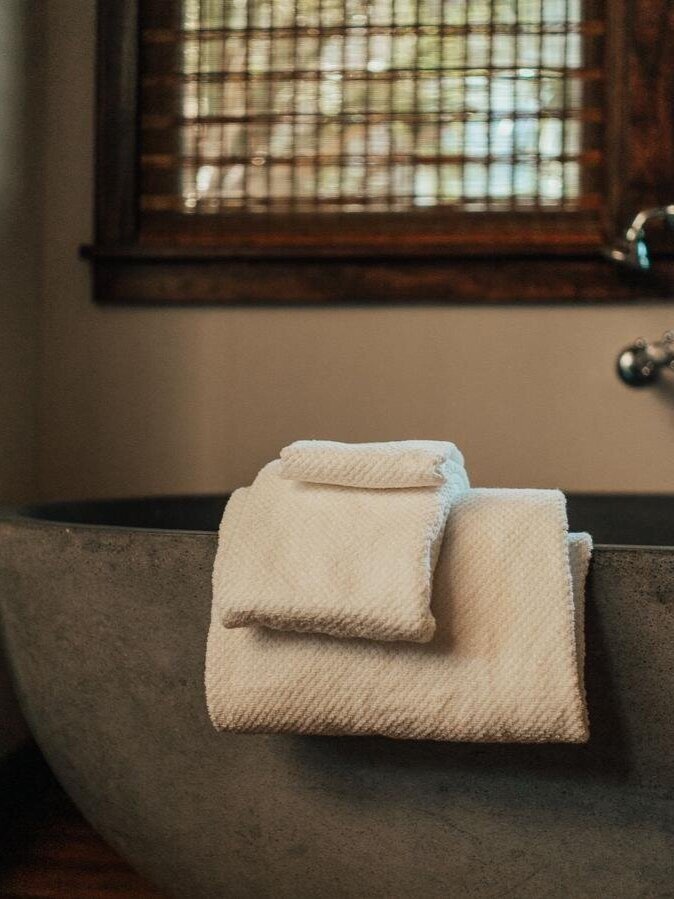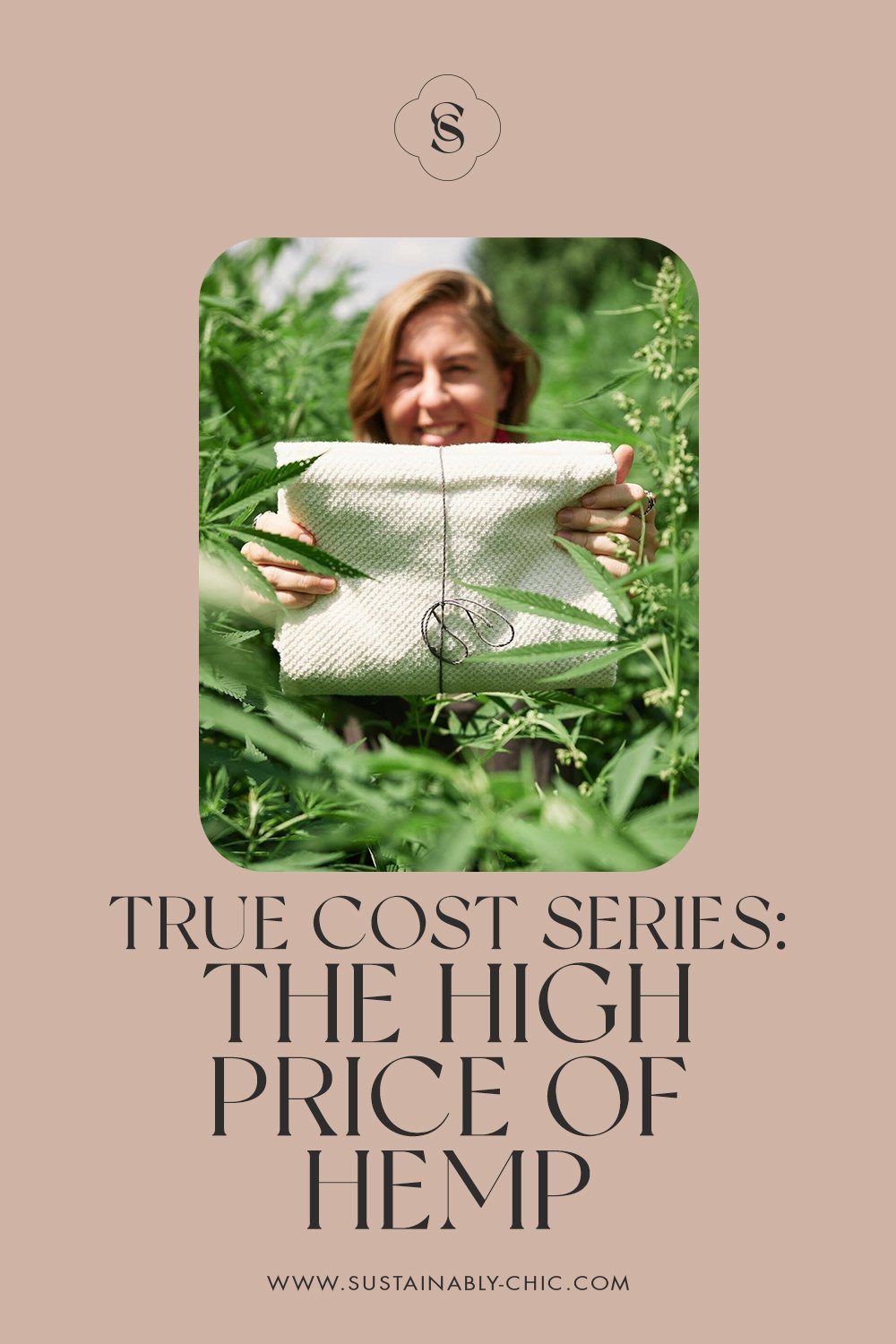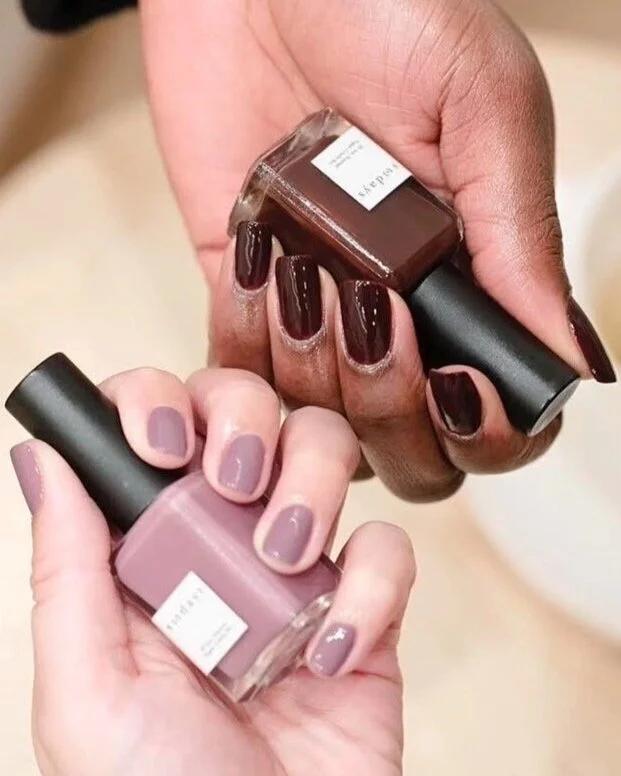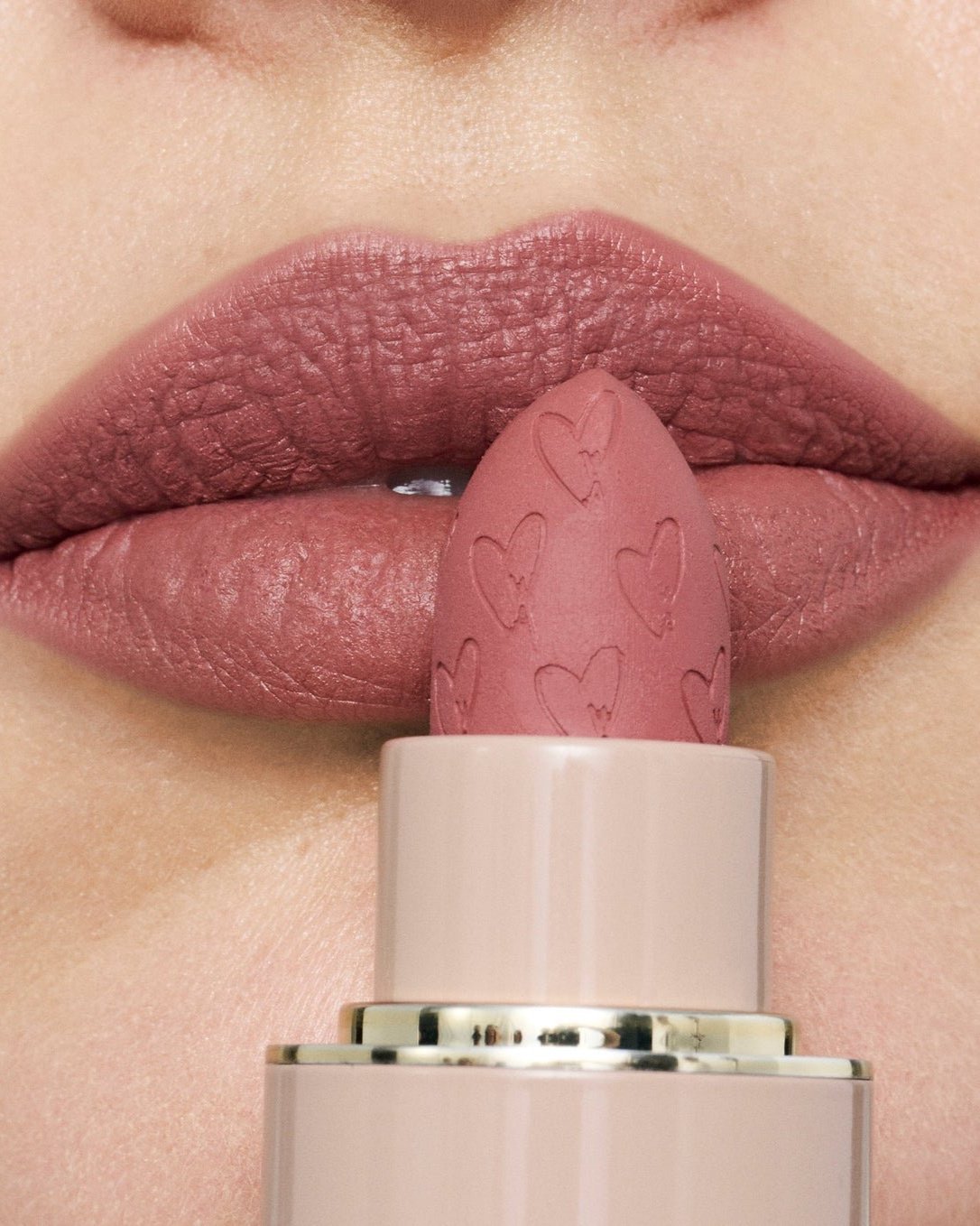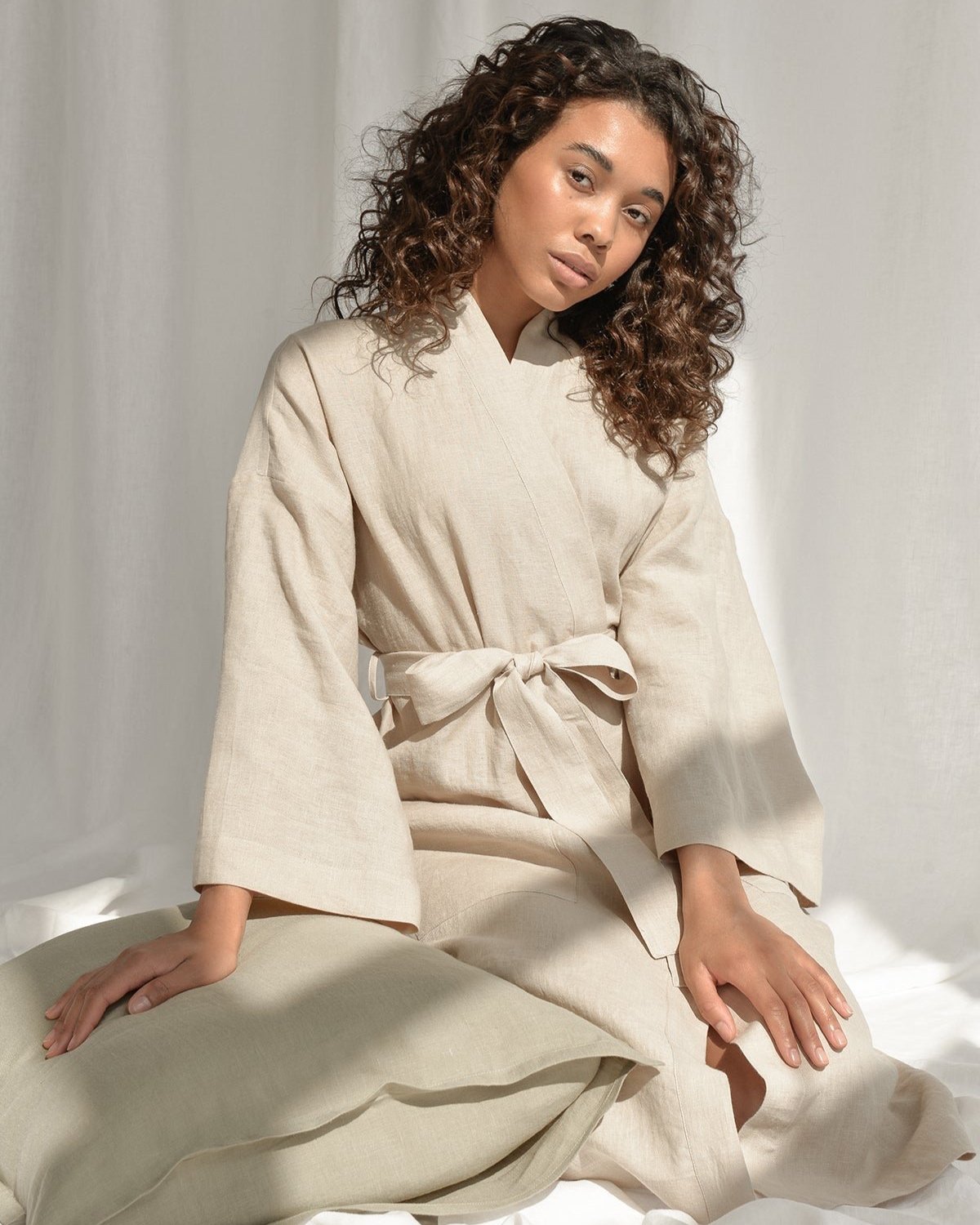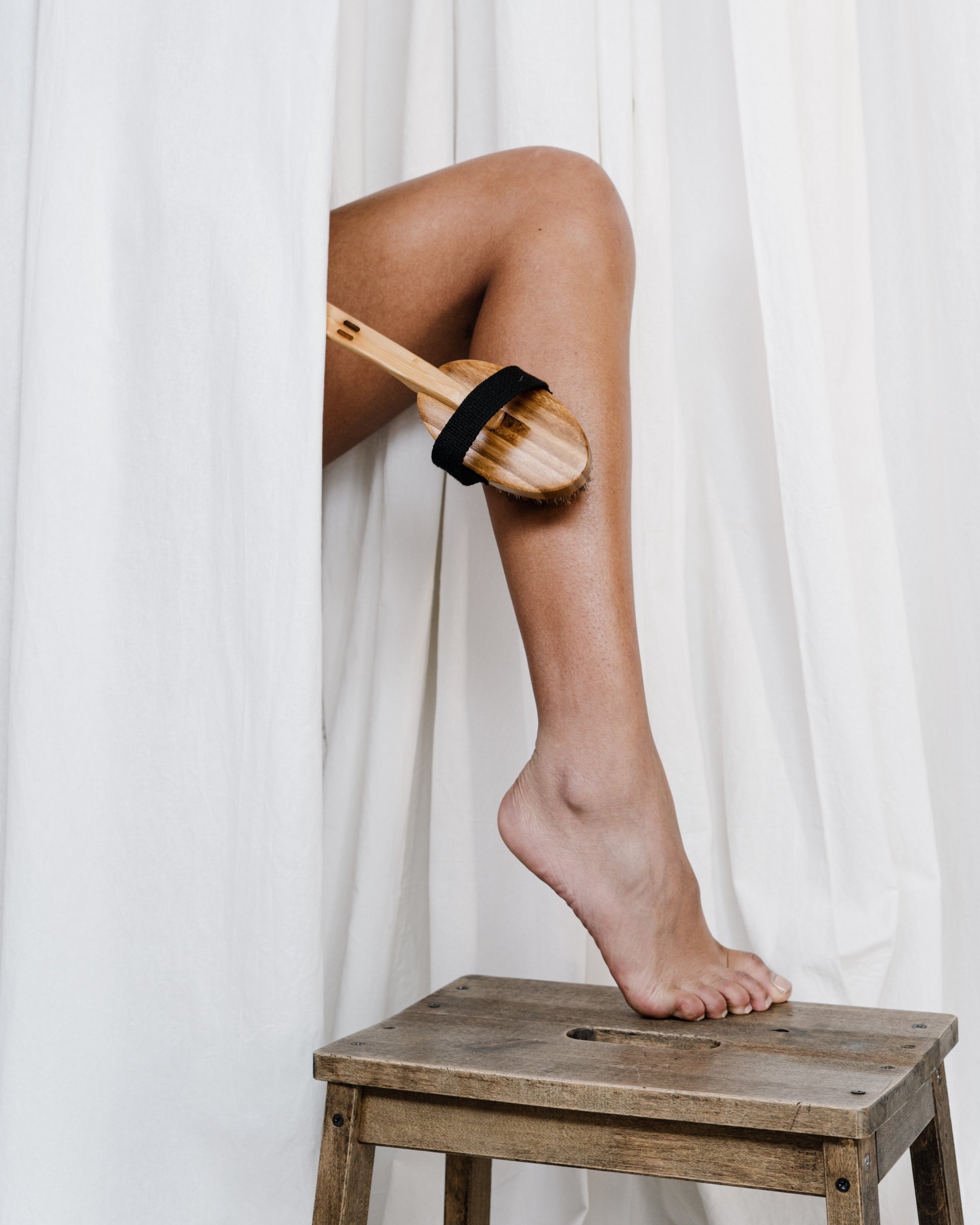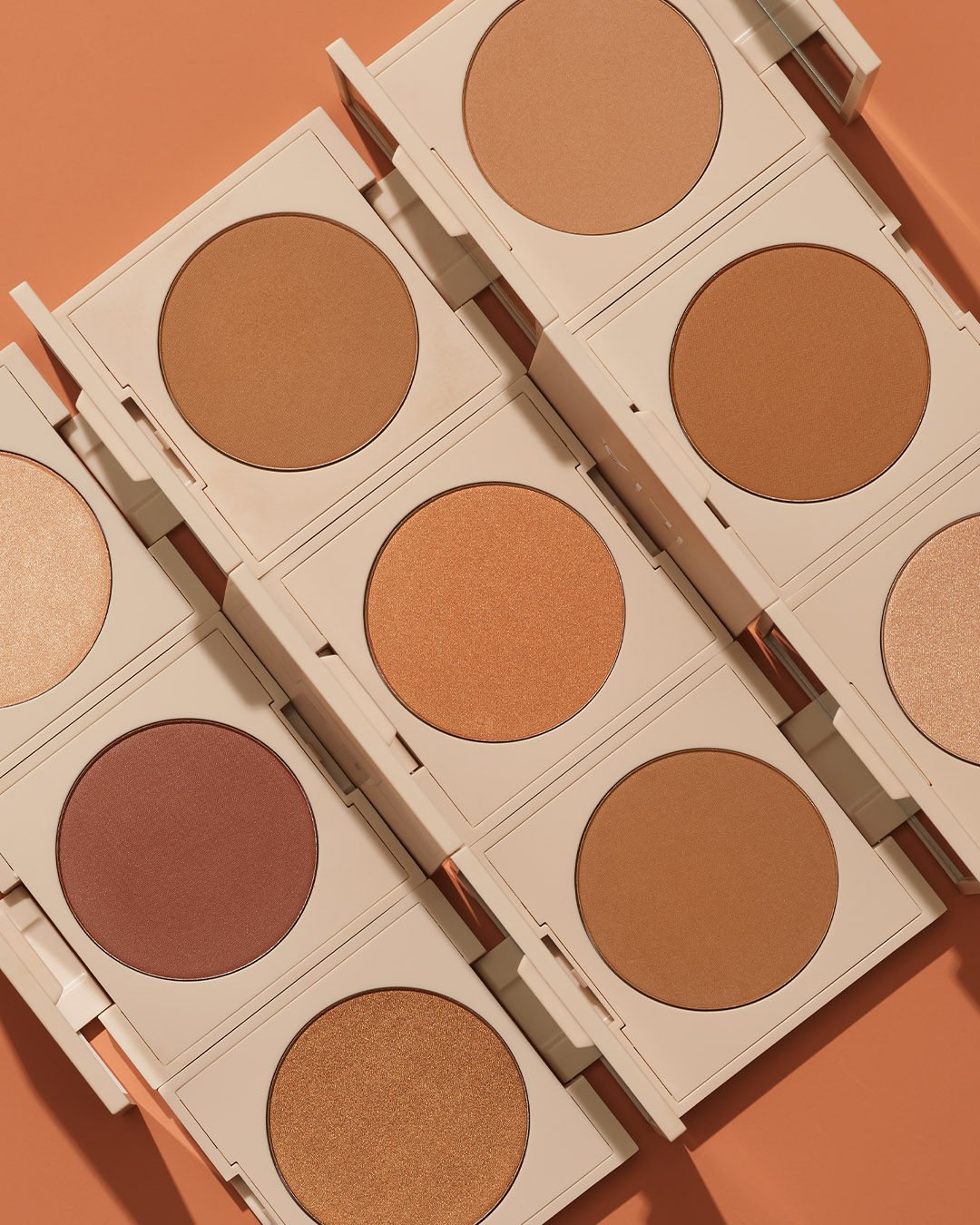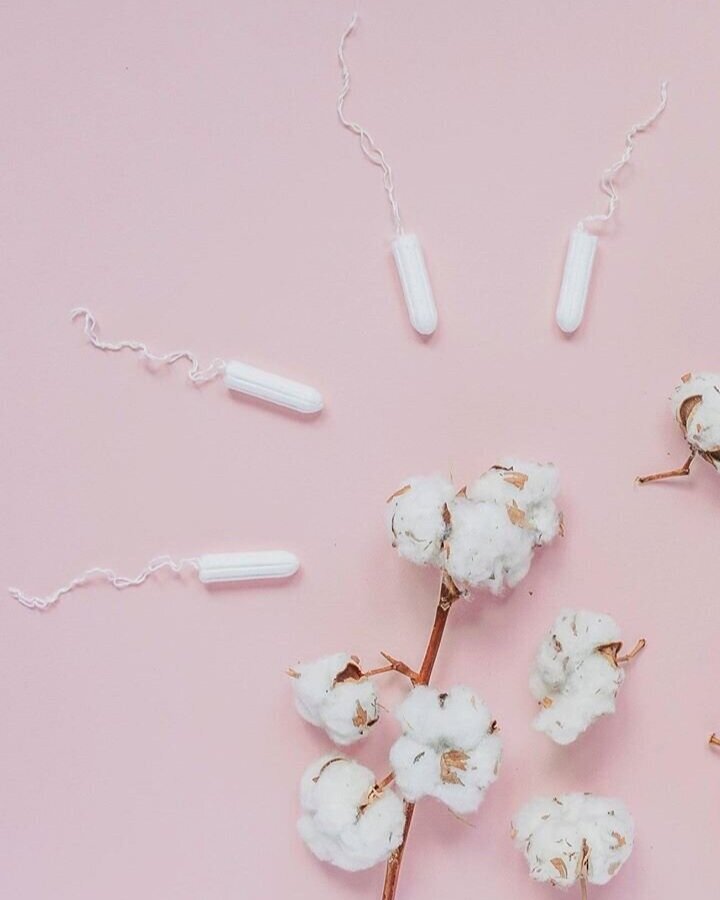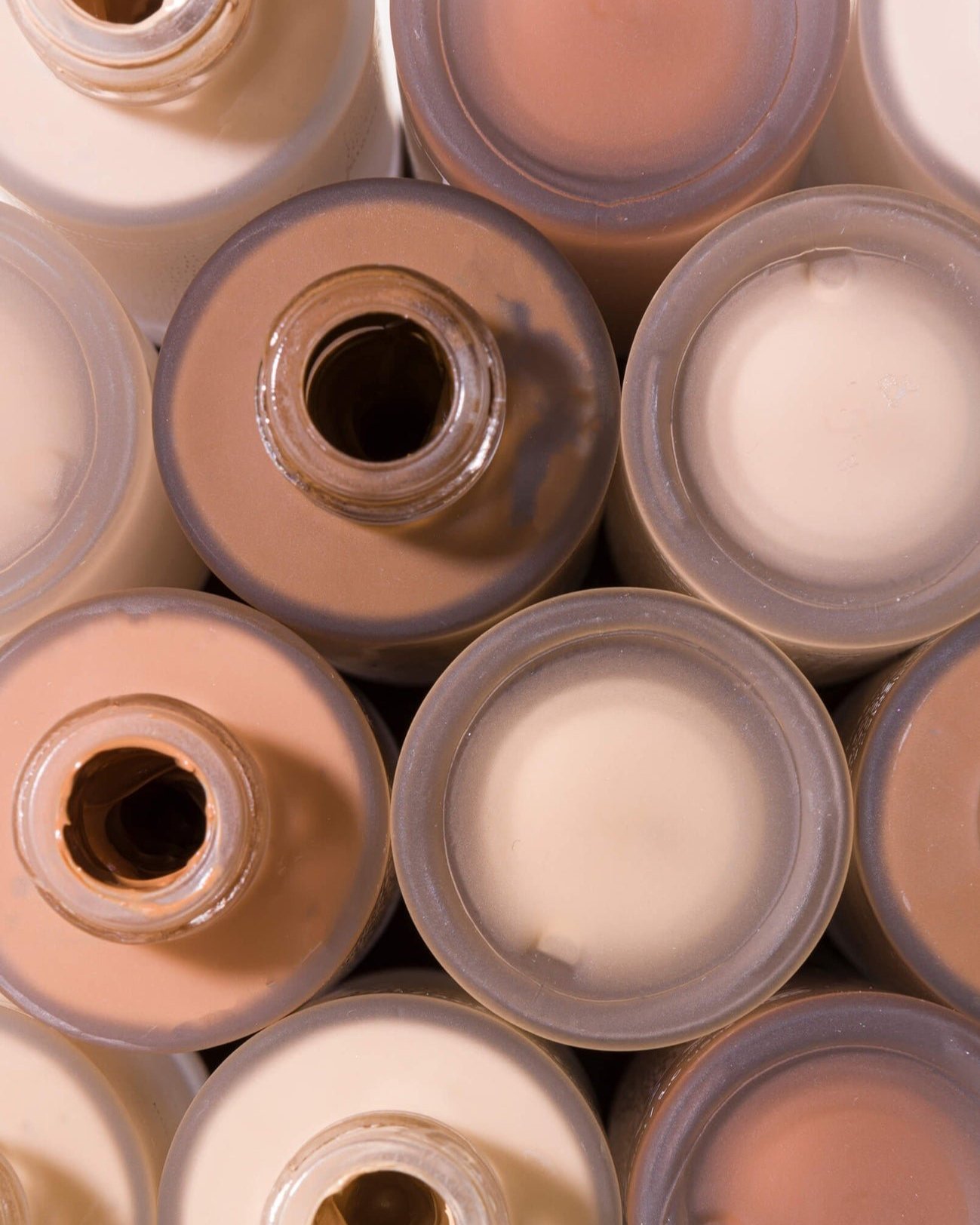True Cost Series | The High Price of Hemp & Cost Breakdown of a Towel
Disclosure: Some of the links below are affiliated; we may earn a small commission if you click through and make a purchase. We only promote brands that align with our values and contribute to a better world. Thank you for supporting these brands - and us!
Why does a Hemp Towel Cost $35?
I am pleased to see that hemp fiber is making a comeback! Hemp fiber has numerous benefits, and it's unfortunate that we haven't been able to grow it for years. However, there are still a few obstacles to overcome before it becomes widely used, such as access to quality fiber seed, processing equipment, and market size.
In this post, we are going to get down to why hemp matters and show you a current cost breakdown of a hemp product from the brand Anact.
Why Hemp?
Plain and simple, hemp has a smaller environmental impact than both synthetics and conventional cotton.
Hemp is a fast-growing plant that does not require much water, insecticides, pesticides or fertilizers. It can be grown for many years in the same soil without depleting its nutrients. In fact, it is beneficial for the soil as it helps balance the pH. In addition, hemp produces twice as much fiber per acre as cotton and requires 50% less water.
I have been aware of the benefits of hemp for years, but I only recently began to investigate the economics of the fiber. I was also interested in its carbon footprint, and after coming across a study by the Stockholm Environment Institute, it became evident that we have not been taking full advantage of this amazing fiber. For instance, the amount of CO2 emissions per ton of spun fiber for polyester is 9.52 kilograms, whereas it is 5.9 kilograms for conventional cotton and 4.05 kilograms for conventional hemp. It is clear that hemp is the clear winner here, but despite its half the impact on our planet, why are we paying twice the price for it compared to polyester? This is basic economics, and due to the high regulation of this plant, Anact suggests that the only way to change this is by increasing market demand and encouraging US and global farmers to invest in hemp manufacturing. By increasing the supply, the availability will expand, which will decrease the price for Anact and for your wallet.
The current market price for polyester is $1 per pound, while hemp is priced almost double at $1.93. Just think how much more accessible we can make hemp towels if we could create more of a demand and help lower those prices.
Hemp is an incredibly versatile plant that offers numerous benefits beyond its use as a fabric fiber. It can be used for paper, cat litter, skincare products, and as an alternative to plastic materials. One of the most impressive features of hemp is its natural ability to resist bacteria growth, absorb water quickly, and remain durable over time. It's no surprise that the United States Navy has chosen hemp as a preferred fiber for their ropes.
While it's true that hemp may have a higher CO2 emission rate per kilogram than organically grown cotton (which ranges between 2.35-3.8), the plant's potential benefits are numerous. It has the potential to benefit many American farmers and create new opportunities for sustainable agriculture. Brands like Anact are leading the way in promoting hemp and educating the public about its strengths, which can help to generate demand for change and create incentives for more hemp farming.
This is also one of those fibers you can talk about for hours, but I want to get to the costs so you can see why they can’t sell this towel for $10 like Target.
Cost Breakdown of a Hemp-Based Towel Set
Hemp Towel Set
Material Content | 55% Hemp, 45% Organic Cotton
Price | $50
Cost | ~$17.75
This particular case is going to be more interesting when it comes to breaking down the total cost because Anact currently works with a licensing agent. As a result, you cannot see a complete cost sheet breakdown like the one in my previous post, but this still provides an overall price of manufacturing.
To place an order for a towel set, Anact has a minimum requirement of 2000 units. This is why it can be so difficult for a new brand to create a sustainable product because manufacturers have specific order quantities that they expect you to follow. Fortunately, Anact had a very successful Kickstarter campaign, which allowed them to place an order with all of the backers they received.
See below the breakdown on their minimum order of 2000:
$11.35 to manufacture a single towel set ($22,700 total)
8.40% Duty
15% Additional duty due to Chinese trade war
$7,500 Freight
$35,511.80 Order Total
Their Kickstarter pre-sold $41,000so they were able to place their first bulk production order. The remaining inventory leftover ~1,700 towel sets were used for their go-to-market strategy. The margin for each towel set is 64%.
After the Kickstarter, they are left with $5,500 left to market and promote $85,000 worth of inventory. Each time Anact sells a towel set, they make around $33 that they put back into the business to cover packaging, shipping, returns, standard business costs, marketing and PR.
With my last post, I had a lot of people ask me ‘well where is their actual profit?’, and the reality is, businesses within the first 3-5 years don’t generally make one. There are just too many moving parts in a start up for the owner to take home anything.
But, as I mentioned before, with brands like Anact who are working to change the narrative of hemp, we can hopefully see much more of this fiber in the future, and see these brands grow and become more successful and accessible to the general public.
More True Cost Series You May Be Interested In:
MAKE SURE TO PIN THE PHOTO BELOW TO SAVE THIS POST FOR LATER!
WANT TO FIND SUSTAINABLE BRANDS? VISIT OUR BRAND DIRECTORY!
Our Brand Directory features hundreds of sustainable brands across various categories. Enjoy browsing and shopping with our exclusive discount codes for Sustainably Chic viewers…



